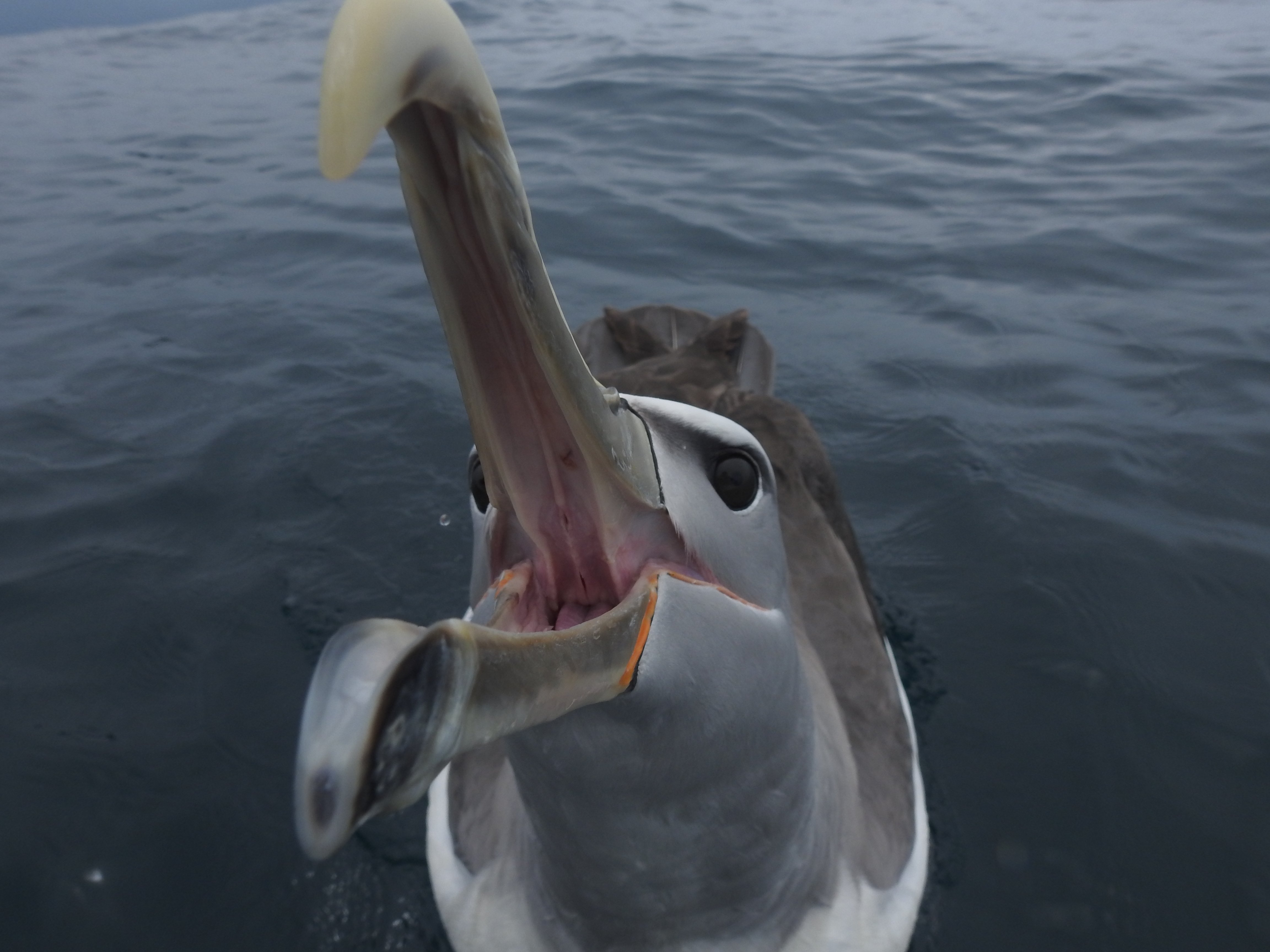
Birders are fairly easy to spot. Many wear awful clothes, variations of beige and khaki with legs that can be zipped off to make uglier shorts. Far too many have those awful binocular harnesses that look like rigging for a parachute (what is up with that?). But these days the easiest way to spot a birder is to look for someone that twenty years ago would have probably have been one of the paparazzi. Look for someone carrying a camera with a lens long enough to knock a bird off its branch.
There are three causes for the uptick of bird photographers into the world of birding – the advent of digital cameras, particularly digital SLRs, improvements in lens technology, and most importantly the growth of social media. The first has freed photographers, or at least the amateur sort, from the tyranny of having to expend any cash beyond the initial outlay for the equipment. Where every print once had a cost without any guarantee of quality, where film cost and developing that film cost, these days you can fill an 120 gigabit SD card without so much as a pause for breath. If none of them come out, no harm no foul. The second has allowed photographers to aim their sniper rifles… I mean cameras at distant specks across in the next county and take photographs that are not only identifiable but actually good. They aren’t cheap, but they aren’t catastrophically expensive either and birders tend to the affluent to be honest.
The third factor is equally important, and the siren call of social media is not one I find easy to resist either. Share your amazing photo on Instagram or Flickr or Facebook or Twitter or Picassa or RedTube… wait, scratch that last one (and if you don’t know what that is for the love of God don’t Google it at work)…. but share away and bask in the praise of peers and random strangers. Curate galleries on your own website. Praise others so that they will come and heap praise on you. Post one like two… and so on and so forth.
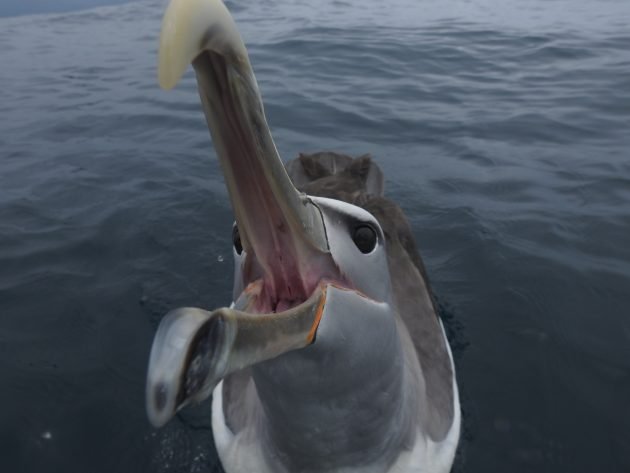 I am not immune to the siren call of posting images for likes… like this Salvin’s Albatross
I am not immune to the siren call of posting images for likes… like this Salvin’s Albatross
Just as social media has turned out to be a dumpster-fire for democracy, it’s been a rather mixed blessing for birding too. Sure, conservation has been helped by social media to help mobilize support for important causes (although it’s been hindered too, that’s another come@me) but birding social media is also dominated by the pursuit of clicks and images generate clicks. But today’s click is yesterday’s news ten minutes later. We live in a world saturated with images that we consume in an instant and move on from. The viewers like and move on, and the photographers have to produce more or be forgotten, like the images they just showed. Otherwise how can they justify their camera, their time, their passion?
Good news though!
Good news? Let me start explaining this by showing you one of the worst photos I have ever taken.
Malayan Whistling Thrush, by me.
Shocking, isn’t it. And you know what? It’s been the image for that species on Wikipedia for almost 8 years. For the entire existence of Wikipedia, one of the world’s largest and most important websites, no one has contributed a better image of this relatively easy to see species (relatively easy if you live in Malaysia anyway). Google-image the species. There are dozens if not hundreds of photos that bird-lovers have taken of this lovely bird, with expensive SLRs and good lenses (and probably more patience than I can manage). But mine, my shocking photo, is the one that everyone sees when they click on the first Google result.
The legion of amateur birding photographers I discussed earlier, the click-hungry mob infesting forests and swamps with their paparazzi lenses? Almost to a man (or woman) they harbour dreams of being a professional bird photographer. Lord knows if anyone actually makes money out of bird photographs (I’ve met like two professional wildlife photographers in my entire life and at least one of the started as a multi-millionaire anyway) but the dream is strong and so most wildlife photographers jealousy guard their copyrights and watermark their images and generally render their images useless. And there are thousands of bird species that Wikipedia with no photographs (or terrible photographs that I added) and millions of bird images online gathering digital dust. What a waste.
It doesn’t have to be like this. There are photographers out there that do share their images. Good photographers, no, great photographers. Take a look at this image. I have been to the forests where this species live twice and never got so much as a whiff of the Rusty-naped Pitta and this guy not only took a gorgeous photograph of this shy species but shared it on a license which lets me show it to you but anyone use it. I’ve used it in the Wikipedia article on pittas. Thank you JJ Harrison.
Female Rusty-naped Pitta, CC by JJ Harrison
And hint… if it’s the adulation of attention that you crave, well, you get that too. See, news agencies love Wikipedia’s images since they don’t have to pay stock-photo companies for them. Earlier this year the Stitchbird was in the news and I got to see my photo of that species over and over again on Twitter and in the news – thousands on millions of people got to see my picture. I still remember taking it, the pride of getting a good shot and being able to use it on Wikipedia. It’s been the main image for the species for over a decade, and seen by millions in the news.
So whether you’re shallow or altruistic the message is the same – don’t waste your bird photos, share them.
*****
Come@Me Week is a cheap ploy ginned up by some high priced consultants we at 10,000 Birds hired and then stiffed on the bill. We’re desperately trying to stay relevant in a bird blogosphere being decimated by Facebook, Twitter, Instagram, and memes. We here at 10,000 Birds have no shame and it was either this or lots of posts about woodcocks, boobies, and woodpeckers. All the posts in Come@Me Week are probably the opinions of the authors of said posts and no one else. Well, except maybe you. Weirdo. Agree? Disagree? We’ll see you in the comments. Or, more likely, on Facebook. Sigh…


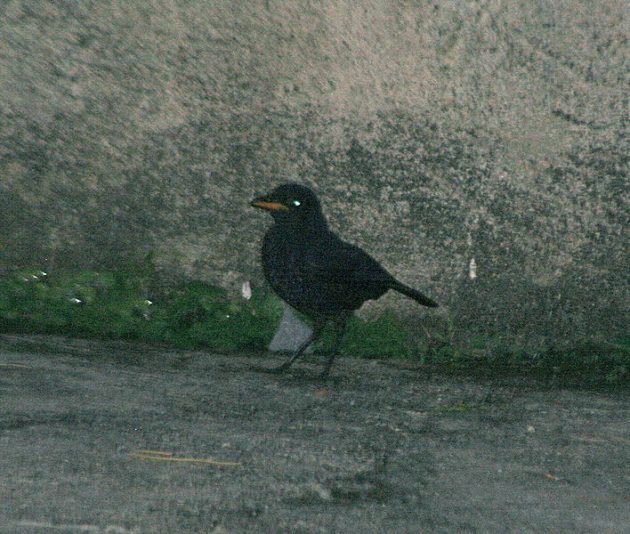
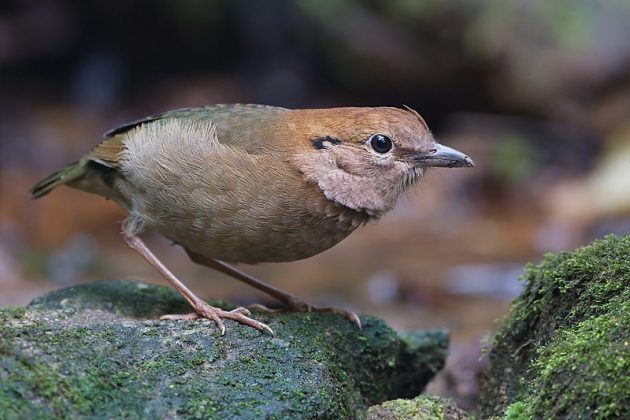
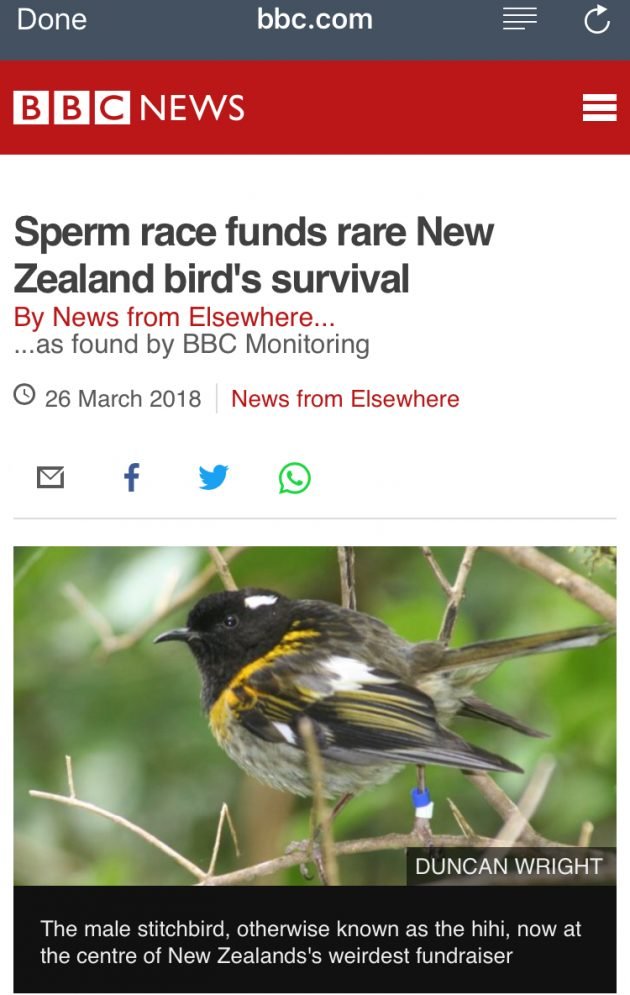











Sperm race?! Is that on the RedTube thing you warned us about?
Ok Duncan, I began blogging 10 years ago when bird photos weren’t so easy to find. I began having to ask good bird photogs to use their photos before I could complete a post. What a pain. So I finally decided to take my own bird photos! Now I do it because I enjoy it and I let anyone use my photos. This process also makes me much more aware of bird BEHAVIOR, which I consider the most interesting aspect of birding.
Well obviously I don’t mean us bloggers Larry 😛
DOH! Silly me!
Love that image of the Malayan Wood Thrush, looks like a Goth-Impressionist painting of a yellow-eyed Corvid.